You clicked on this article probably thinking, ‘How did video games come to existence?’ Did it start with PlayStation or Xbox? Was Nintendo the first to have an impact on video games?
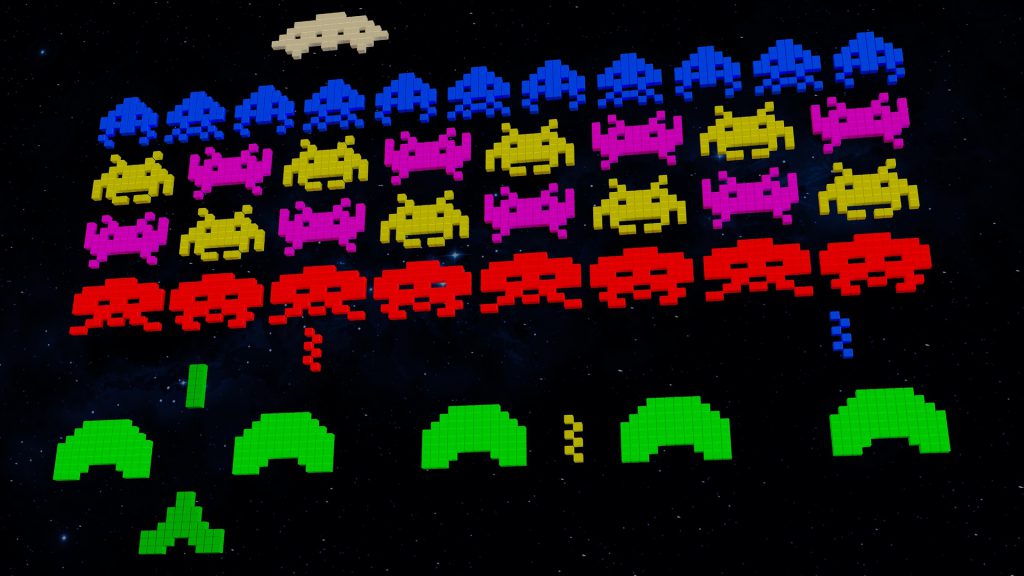
But truth is, there were no companies/consoles that kickstarted the industry, video games started in labs.
The first video game system that was ever made, was called the “Brown Box” created by American-German scientist Ralph Baer in 1967. The Brown Box was later licensed as the Magnavox Odyssey. It did not sell well because video games in those days were a foreign concept. 5 years after a company called Atari created an arcade game, Pong. Pong was so successful that Atari began shipping Pong to other countries.
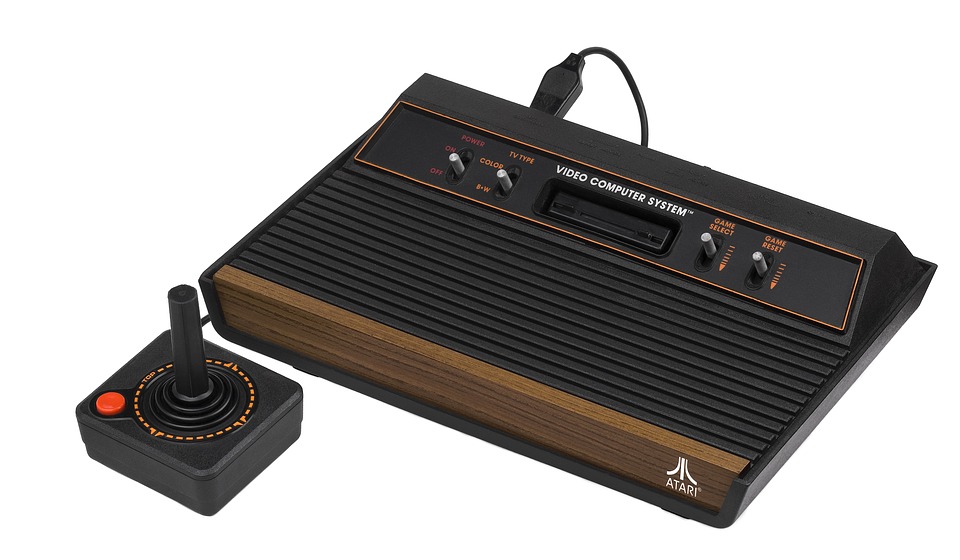
In the late 1970s, video games were rising. The Introduction of the Atari 2600, The arrival of Space Invaders in Japan, Space Invaders was so popular that it caused a coin shortage! The late 1970s to the mid-1980s; said to be the “golden age” of arcade games. In this era, there were titles such as Pac-Man, Donkey Kong, Galaga, Frogger, Centipede, and Q*Bert. At least some of you who went to the arcade in your childhood would have played one of these games back in the day. Then disaster struck…
1983 the video game industry peaked at around $3.2 billion, in 1985 the industry was worth 97 percent less ($100 million), ‘How did this happen?’. The cause of this great industry falling from such a high cliff, simply because video games were growing too fast for its own good. Oversaturation of consoles, bad games like E.T (which is often considered to be the worst video game in history). Personal Computers (PC) were brought down to the same price as a console and could do more than an Atari.
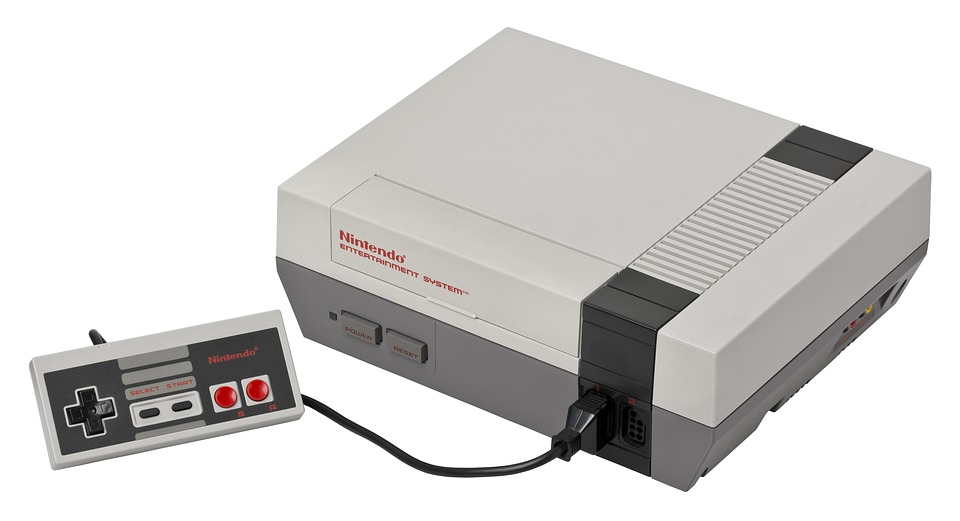
Japanese company Nintendo released their ‘Famicon’ as the Nintendo Entertainment System (NES) in America. In 1985 this console and Nintendo single-handily revived the game industry, Why? Because Nintendo made better quality games like Super Mario Bros, The Legend of Zelda, Megaman, Duck Hunt, and Punch-Out by implementing a lock-out chip to their consoles. This gave Nintendo complete control over the software released for their system, the lock-out chip prevented unlicensed and pirated game cartridges from working. Their cautious optimism led to the success that can be felt, even to this day.
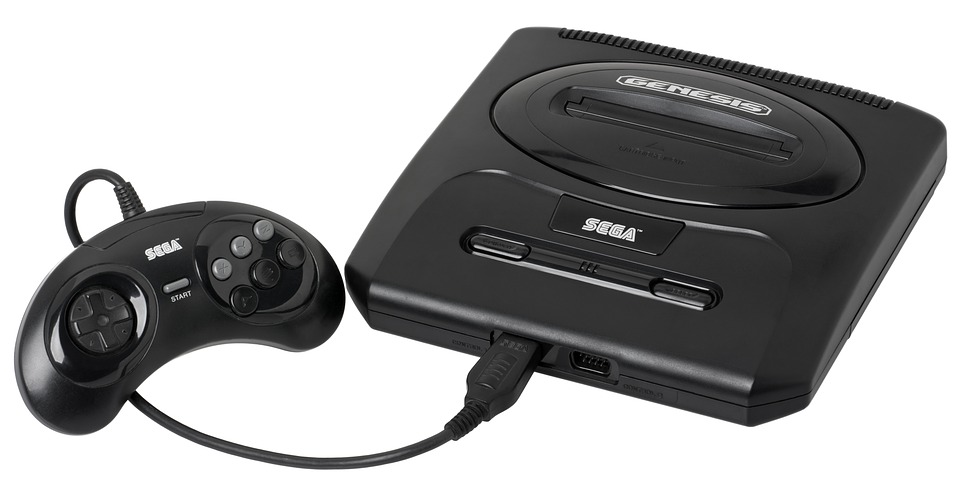
We move onto the 90s now, a lot has happened. Another Japanese company Sega released the Sega Genesis in 1989 to compete with Nintendo’s Super Nintendo Entertainment System (SNES). This is considered the “first console war”. I loved the ad “Sega Genesis does what Nintendon’t” (that was funny). Nintendo stood uncontested for 5 years until Sega came in with their Genesis. Their war went on for 5 years, then Sony came in.
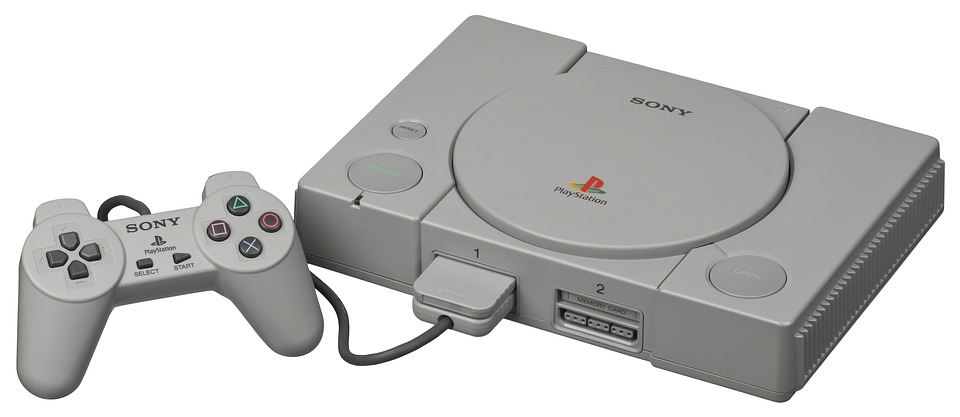
In May 1995, the first-ever Electronic Entertainment Expo (E3) took place. Sega and Sony were presenting their respective consoles, the Sega Saturn and PlayStation. The Saturn was $399 and had better hardware than PlayStation, but the PlayStation was announced to cost “$299”, $100 cheaper than the Saturn. With one word from Steve Race, Sony ended the console war, which damaged Nintendo as well. Because developers such as Square Einx and their popular series Final Fantasy went from the Nintendo 64 to PlayStation due to the PlayStations “developer-friendly” hardware. The PlayStation went on to sell 100 million units, within just 2 days of release they beat Sega Saturn sales. Now Sony was on top of the market.
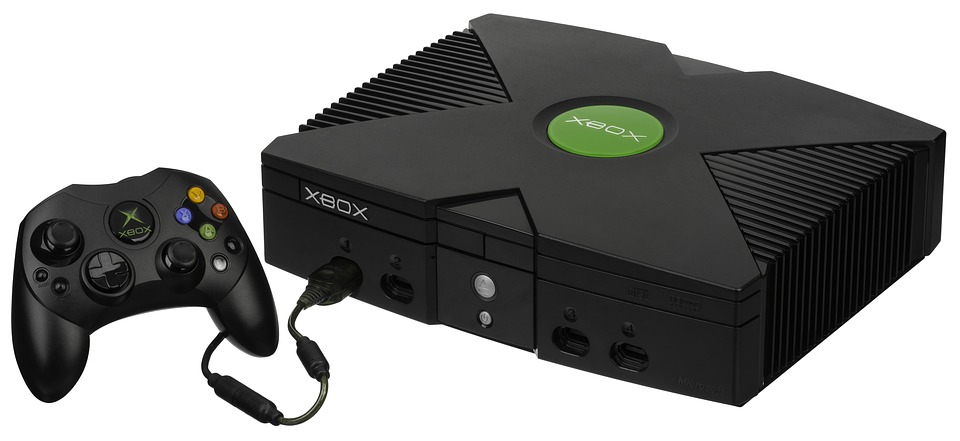
In 2002 Information technology company Microsoft (the guys that made windows operating system). Released their new video game console Xbox to compete with the PlayStation 2 (PS2), Sony’s console that came out a year prior. Xbox was the new kid on the block but had all of Microsoft’s power behind it. The PS2 had advantages, it was released a year earlier and backward compatible with the original PlayStation allowing the user to play PlayStation 1 games on PS2.
Valve Corp released the online video game market Steam on PC in 2003. This is now the biggest video game digital distribution service. The popularity of Massively Multiplayer Online (MMO) sparked up in the late 90s and early 2000s. PC games substantially increased in popularity, nowadays people are talking about Fortnite, Minecraft, and other games that are out at the time of writing this article.
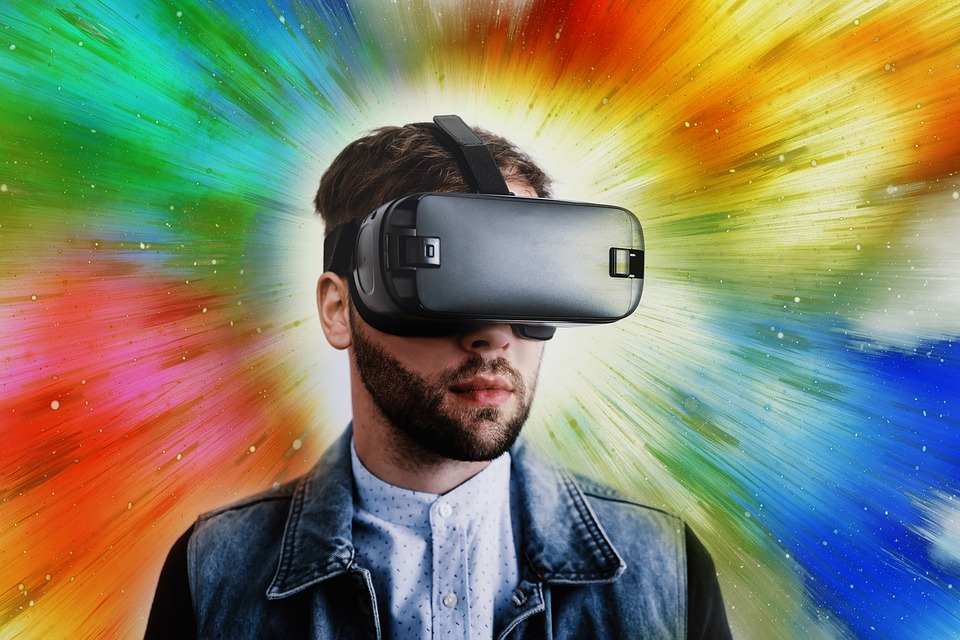
PlayStation and Xbox are still going at it! The console war has gone on for 4 generations of consoles. The Xbox Series X and PS5 have such good hardware now, they are on par with high-end PCs; PCs have come a long way as well. Not only has gaming had a crazy evolution, but technology in general has come a long way. We went from experimenting in labs almost 60 years ago to playing games on high-tech machines like video game consoles, PCs, and VR (Virtual Reality).
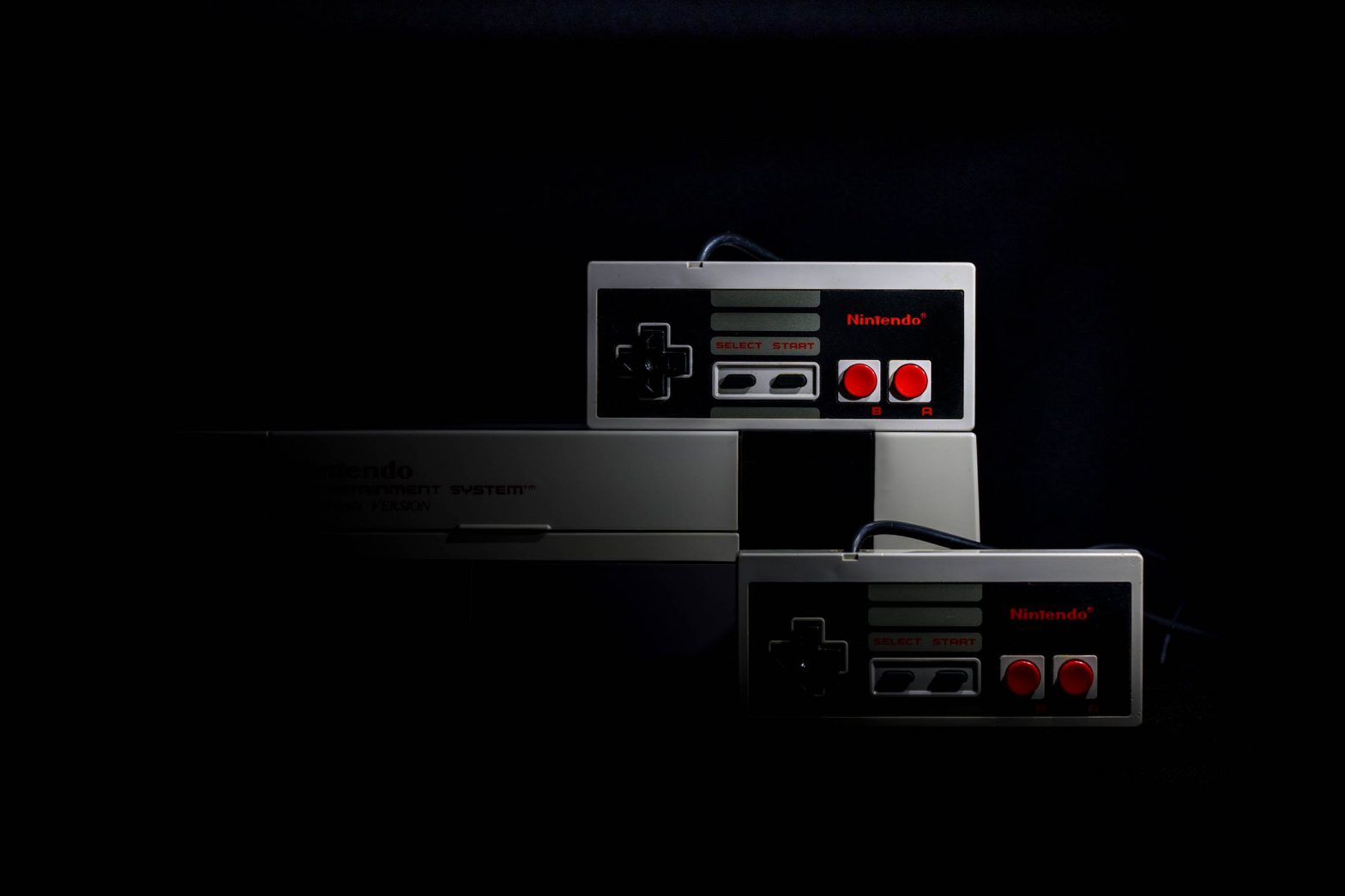
wow, I didn’t know about most of the earlier games and stuff.
I enjoyed reading your article. The images of Atari brought back so many memories, as I grew up with Pong and Space Invaders! Advancement in technology, as you mention, has been quite amazing over the past 60 years, and it will be interesting to see what happens in the next 60!
Nice article glad I could help you by making the video for this article Nintendo 64 forever!